The welcoming committee at Corcovado isn’t the kind you meet everyday…
As our boat docked on the northwestern edge of the Osa Peninsula, a group of five White Capuchin Monkeys ran out from the trees, playfully greeting us as we disembarked. They would disappear moments later before anyone had time to take out their camera, but their appearance would set the stage for our visit to Corcovado—one that was teeming with life and wonder.
Corcovado National Park has been dubbed by National Geographic as ‘one of the most biologically intense places in the world’. With thirteen different ecosystems and some 2% of the world’s biodiversity, it’s hardly any wonder why. What’s more, Corcovado National Park is the last remaining Pacific lowland rainforest of sustainable size, boasting the region’s densest population of tapirs, jaguars, and scarlet macaws.
When we learned these astonishing facts, we knew there was just no way we could spend two months traveling around Costa Rica without experiencing the legendary park for ourselves. But it’s no easy feat to arrive at Corcovado National Park. A lack of infrastructure surrounding the park, the restriction of commercial development, and the necessity to obtain various park permits means that even the most intrepid of travelers must do some extra research prior to arrival.
As such, we looked into all the different ways we could experience Corcovado. Below we outline the various options for accessing and hiking the national park, along with the pros and cons of each alternative.
How To Hike Corcovado National Park In Costa Rica
Stay With Style
This is ultimately the route we chose, and honestly, we’re so very glad that we did. You’ll have to pay a bit more for the luxury and convenience, but it will streamline the entire process of arriving at the park, and certainly enhance the park experience.
There are a variety of accommodation options that are situated outside Corcovado. We chose Casa Corcovado, an eco-luxury resort that’s just about as close to the park as you can get. Because of Casa Corcovado’s close proximity, many of the animals that can be found inside Corcovado National Park also make appearances on the hotel grounds; a highlight of our time was spent at the hotel, sipping on coffee under a pavilion as rain bucketed down around us, joining in harmony with the sounds of the rainforest. We can appreciate camping just as much as the next person, but when you can enjoy a similar experience from the comfort of a well-equipped bungalow, well… you have our attention.
The well-trained guides at Casa Corcovado led us on a half-day excursion into the National Park. We hiked to San Pedrillo Ranger Station, along the beach and through a muddy jungle trail. The wildlife was spectacular, and the majority of the photos in our final Wildlife in Costa Rica post were taken during our time in and around Corcovado National Park.
It’s important to note that Casa Corcovado is a self-sustaining eco-luxury lodge. Since its beginning in 1994, the lodge has set an example of responsible and sustainable tourism, making great efforts to show that alternative energy sources are not only practical but actually the best option for remote locations. Casa Corcovado has won the prestigious 5 Leaves Award for sustainable tourism, and continues to serve as a leader in the community. The owner of Casa Corcovado is also the co-founder and president of the non-profit
The owner of Casa Corcovado is also the co-founder and president of the non-profit Corcovado Foundation, which works to preserve the natural heritage of Corcovado for future generations. Our recent visits to off-the-grid eco-resorts in Costa Rica has truly peaked our interest in green travel, and the more we learn, the more we want to do our part to support the movement.
The pros to staying at a resort like Casa Corcovado are obvious. Luxury accommodation, convenience to the park, and all the paperwork/park permits are obtained for you. Casa Corcovado thought of all the details, even provided hiking boots, lunch and water for our excursion! What’s more, because of the close proximity to the park, your entire time at the resort feels like a bit of an extended stay in the National Park itself.
The cons to accessing the park through one of the neighboring hotels is that it’s not in the budget for all travelers, and of course it lacks a bit of the adventure that a DIY approach would encompass. You also don’t get to venture into the heart of the park if you want to make it back to the comfort of your bed by nightfall. Our next trip to Corcovado we would like to explore deeper, so we will likely utilize the option below.
Arrive Via Puerto Jimenez
Puerto Jimenez doesn’t offer much to tourists, but it is the hub for arranging permits and guides for the National Park. Specifically, if you want to hike all the way to Sirena Station (a 3-day hike at minimum), then this is where you should arrive. Here is what you’ll need to know:
Head to the Parks and Recreations office to book your ‘pass’ into the park, as well as your spot at the ranger stations.
It is a $10 daily fee for foreigners, with a maximum allowance of 5 days in the park. To stay in the dorm rooms at the ranger station is $8; to camp is $4. Meals must be ordered in advance and cost between $20-$25 per meal. Alternatively, you can bring your own food to cook, but you will have to carry it. All reservations must be made in advance and are limited, so it is possible that you could arrive in Puerto Jimenez only to wait a few days before there is an opening for your group. This is especially relevant if traveling during high season or with a large amount of people. Bookings can be made in advance by emailing pncorcovado@gmail.com, but reservations aren’t final until payment ahs been received, which you will have to wire to the Parks and Recreations office.
If arriving via Puerto Jimenez, you will likely follow some or all of the following itinerary:
Day 1: Take a taxi/bus/hitchhike to Carate. From Carate, walk 3.5km to the Leona Station.
Day 2: Hike 16km from Leona Station to Sirena (approximately 7 hours). The hike is primarily along the beach, although there is also a shaded section inland. It’s particularly important to know the tides. There is a river crossing, and during high tide crocodiles and bull sharks call the river home.
Day 3: Hike back the way you came. Alternatively, hike to Los Patos, 20 km, or 8 hours hiking.
As you can imagine, this is a hike, not a walk. You will be carrying all your gear on your back, including food, water, camping gear, etc. We didn’t follow this route ourselves, so we can’t give any first-hand accounts or advice. However, if you want to experience the depths of the park, this is the route for you. As mentioned previously, it’s also the route we will take if we ever return to the park.
It’s highly advisable to hire a tour guide to take you into the park. On all our jungle trekking, we wouldn’t have seen anything without the expert eye of a guide. Keep in mind that in Corcovado is particularly rugged. There have been stories of hikers getting stranded or lost, and we heard from a local that there are deaths in the park every year. A knowledgeable guide is a fantastic resource. (But on that note, do your research and be sure to hire a reliable and reputable guide.)
UPDATE: We’ve now heard that guides are mandatory if you wish to hike in Corcovado National Park. Be sure to plan accordingly.
Pros: You get to venture into the heart of Corcovado National Park, and exponentially increase your chances for wildlife encounters. It’s difficult, but it’s a true adventure, one that won’t easily be replicated anytime soon.
Cons: There’s a bit of planning that goes into a successful multi-day hike. If you don’t already have necessary gear and equipment, then this isn’t necessarily a budget option either. You’re going to sweat. A lot.
Arrive Via Drake Bay
Drake Bay is a popular hub for tourists who want easy access to Corcovado National Park, but also the convenience and affordability of staying in a small town. Almost all the hotels in the area offer guided day trips to Corcovado National Park. If you’re interested in spending multiple days in the park, the Corcovado Information Center can also arrange tours. Access to the park is primarily via boat, so Drake Bay is a more difficult place to arrange a ‘DIY’ excursion into the park. We do believe it is possible, but from our research Puerto Jimenez would serve as a better place to base oneself.
Pros: The hotels in Drake Bay are more accessible, and thus less expensive than some of the luxury eco-resorts around the park. If you only want to spend one day in Corcovado National Park and split the rest of your time at the beach, whale watching, snorkeling, etc, then Drake Bay could provide all the opportunities you’re looking for.
Cons: You won’t have the same immersive experience at Drake Bay as you would at one of the closer resorts or in the National Park itself. Activities such as SCUBA diving at Cano Island and whale watching can also be done at the closer resorts, like Casa Corcovado, for added convenience.
Corcovado National Park lived up to all the hype—so much that we are already planning our return to experience more. If you are in Costa Rica, it is an experience not to be missed.
Have you ventured anywhere that was extremely difficult to arrive at, but worth all the effort in the end? Has Corcovado National Park peaked your interest?
Enjoy this post? Check Out More Of Our Awesome Articles On Costa Rica!

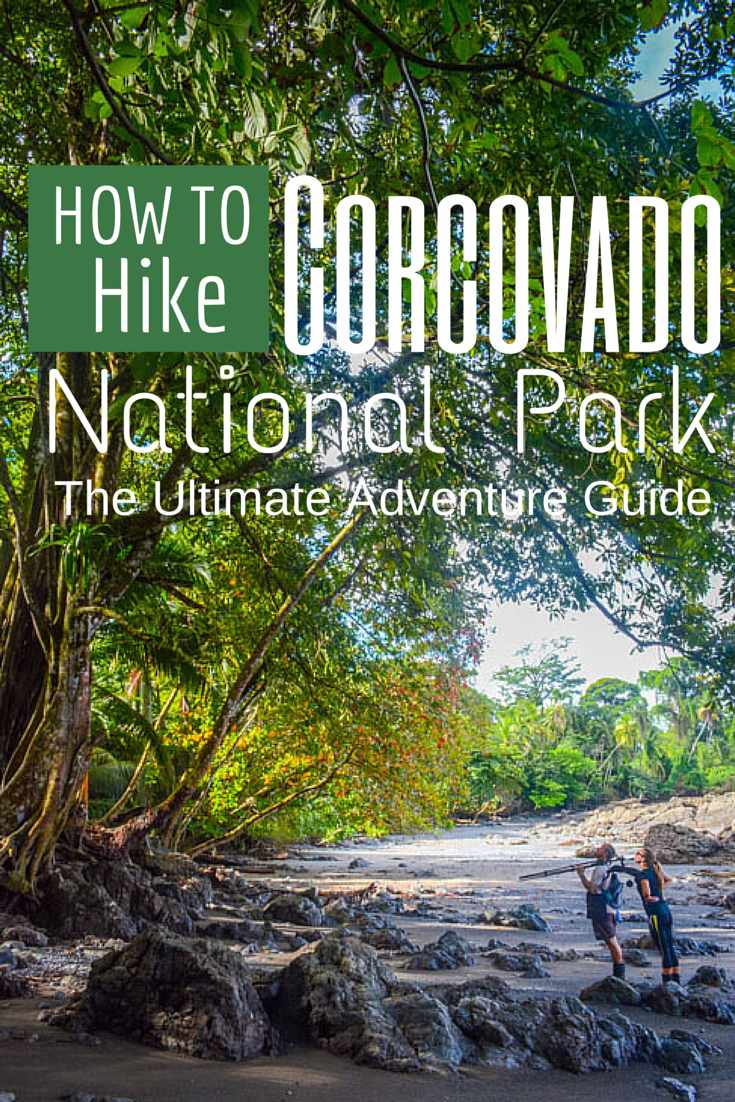
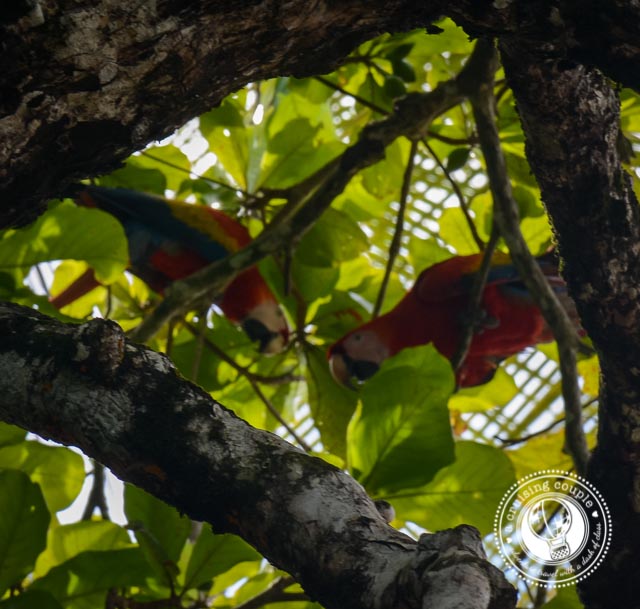
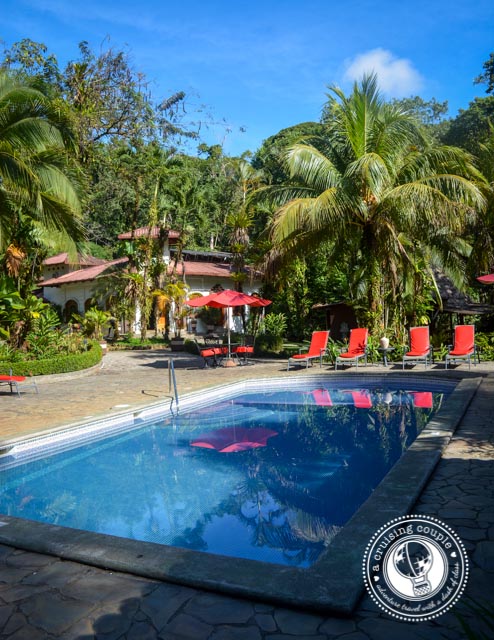
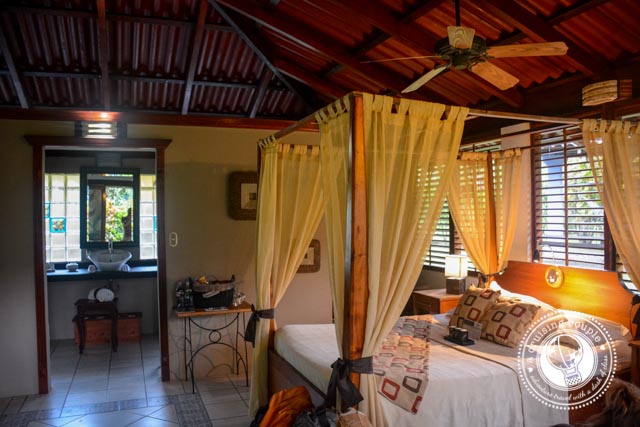
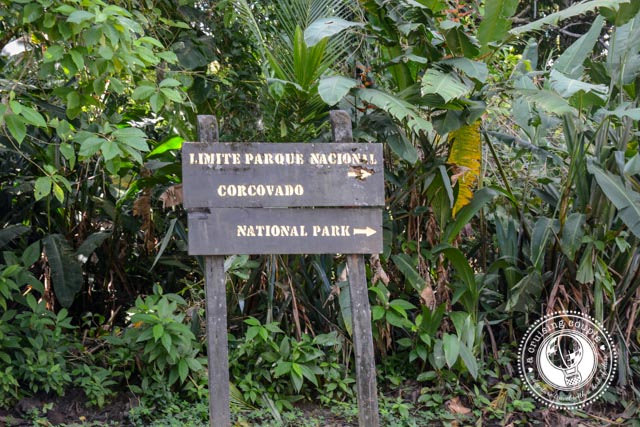

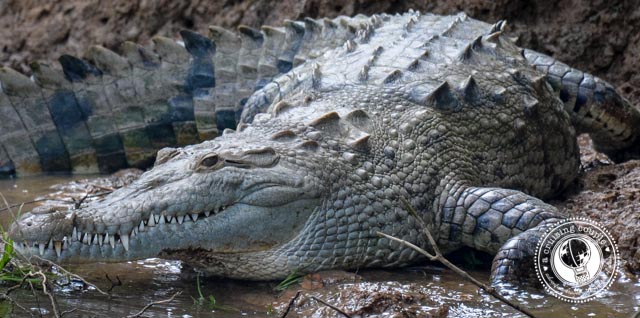



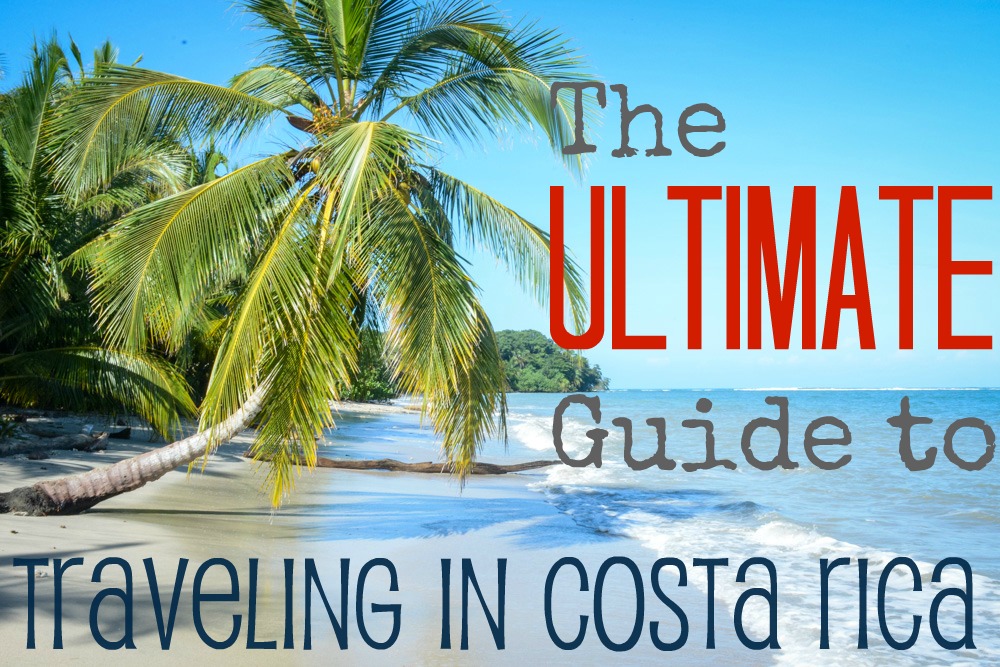
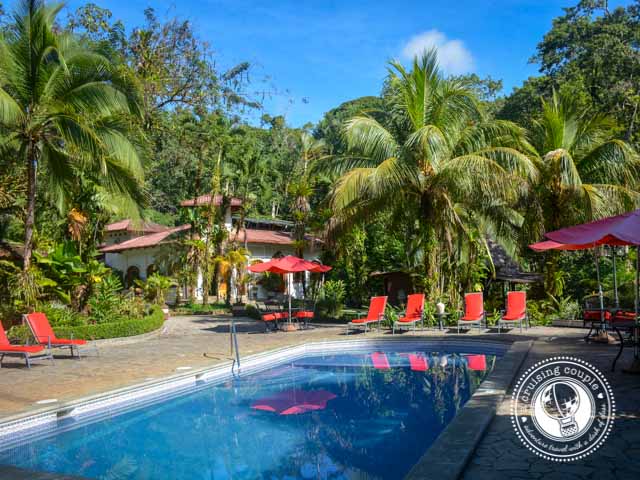
I’m missing Costa Rica a lot lately and you’re recent posts have made me realize how much of the country I never got to see. Guess I need to get back sooner rather than later.
Melissa @ Suitcase and Heels recently posted…Horseback Riding the Rockies
There’s always a reason to go back right? :-p Corcovado is the perfect excuse :-)
It looks like a very exciting and interesting place to visit. The access to so much nature is very appealing. You do make it sounds as though you need a lot of planning with all those permits and so on, pretty intense and financially consuming.
Having said all that your accommodation looks wonderful.
The Guy recently posted…Chengdu Must See – China Stopover Points
It definitely takes a lot of preparation and planning if you want to do it, but in the end it is certainly worth the extra effort :-)
Costa Rica will always amaze every visitor whether you’re it’s your first time or not. This diverse country is very rich in nature and animal kingdom. Thanks for sharing.
Corcovado National Park is doing a great job conserving the natural flora and fauna. I hope that it is still as wonderful for future generations as it was for us :-)
This is excellent info for when we begin planning Costa Rica. Thanks.
Corinne recently posted…Göbekli Tepe – The World’s First Cathedral?
You’re welcome Corinne! I hope you find it as amazing as we did :-)
My first jungle adventure is still in my future, but reading this made me optimistic that I might be able to have such an experience, a realistic dream.
Laura @Travelocafe recently posted…Visiting the Largest Chocolaterie in the World
Go for it Laura! It seemed pretty intense when we first looked into it, but there are plenty of ways to see the park and all of them are guaranteed to be an adventure :-)
Super thorough!
Devlin @ Marginal Boundaries recently posted…Saying Goodbye To Cancun
Thanks Devlin! Have you done any jungle treks before?
hmmm, kinda?
Roughly 20 years ago when I first visited the Riviera Maya with my family, we were at the ruins in Coba. We had seen these trails leading off into the jungle and decided to follow one to see where it led. Hoping to find some ancient ruin that hadn’t quite been excavated yet. After about 10 minutes or so we saw some stones in the distance that looked to possibly be the base of some ruins. As we got closer we encountered a Mayan man…. Hanging up his laundry to dry. We had stumbled upon his home. He looked at us surprisingly – what are these gringos doing all the way out here he must’ve been thinking – after we smiled & waved we turned back, faces red, hurriying off in shame, haha. At least we got that little story from it all.
Devlin @ Marginal Boundaries recently posted…Moving On…To Playa Del Carmen
I’ve made many trips to Corcovado waaay back in the days when I was a tour operator specializing in Belize and Costa Rica. As a guide I always used Drakes Bay Wilderness Lodge for my small groups (which in those days was not nearly so upscale, and yep – the boat ride into the bay was quiiiiite the whitewater adventure!)
Indeed, back then (we’re talkin’ the early 90’s) the owner’s wife was pregnant and… they asked if they could name their baby girl “Dyanne” ‘cuz they especially liked the spelling. Goodness, but she’d now be all grown up!
Thanks for the walk down memory lane. Costa Rica truly is a most wondrous country.
Dyanne@TravelnLass recently posted…Catching up on Nepal: Sleeping With Monks
Glad we could bring back some good memories! :-)
I don’t remember the name of the lodge I stayed in at Drake Bay, but I do remember the avocado trees, ripe for the picking. Many of the other guests were there for deep sea fishing, but I was there to see Corcovado National Park!
Almost got to hike the Corcovado NP but couldn’t because of a sudden… credit card problem at the moment of paying. How cursed is that? Anyway, great valuable info here for when I go try again!!
Julien recently posted…My (Mixed) Impressions of Vietnam: What Happened To the Vietnamese?
What a bummer. Sorry about that! Hope you get the chance to try again soon!
Staying in style? That’s definitely the way we’d like to experience Corcovado National Park – sounds like a great wildlife adventure :-). Hope we get there one day…
Sand In My Suitcase recently posted…Luxury for less at two boutique Puerto Vallarta hotels
If you’re looking for a classy adventure then Casa Corcovado is the perfect fit. It is very cool waking up to howler monkeys and sloths on the property!
Hi guys,
Great article! My husband and I are headed to Corcovado next week (yay!!). Unfortunately, it seems that as of Feb 1, 2014 you must now hire a certified guide to hike through the park. We are arriving at Drake Bay and hiking Sirena to La Leona. This is a total long shot, but do you have any ideas/recommendations on guides or where to find one in DB? I’ve e-mailed every resource I can think of in Osa. Thanks!
Caitlin recently posted…Colorado to Mongolia…. err umm… I Mean Montana
Thanks for letting us know about the change! We’ll have to go in and edit the article. We were planning on hiking it without a guide actually next year, so it’s good to know that now rather than later! Unfortunately we don’t know any guides since we only did the day hike in with Casa Corcovado, but if you do need help we can send some emails as well. Enjoy your time- it’s going to be an amazing trip!
I have always dreamed of going to Costa Rica. Thank you so much for reminding me that needs to be a number one place on my list of things to do.
Joshua Dent recently posted…Back To School Blues for Crazy Teacher
Costa Rica is definitely a worthy place of being number one on the destination checklist! Hope you make it soon!
Oh, i thought this article about Corcovado in Rio… Oops :)
Thanks for all the great info. We are going to CR this month and really would LOVE to go to Drake Bay and Corcovado with our 3 kids. BUT what are your thoughts about going during rainy June? As for now we’ve decided to skip it this time :( and hope that one day we will come back in the dry(er) season.